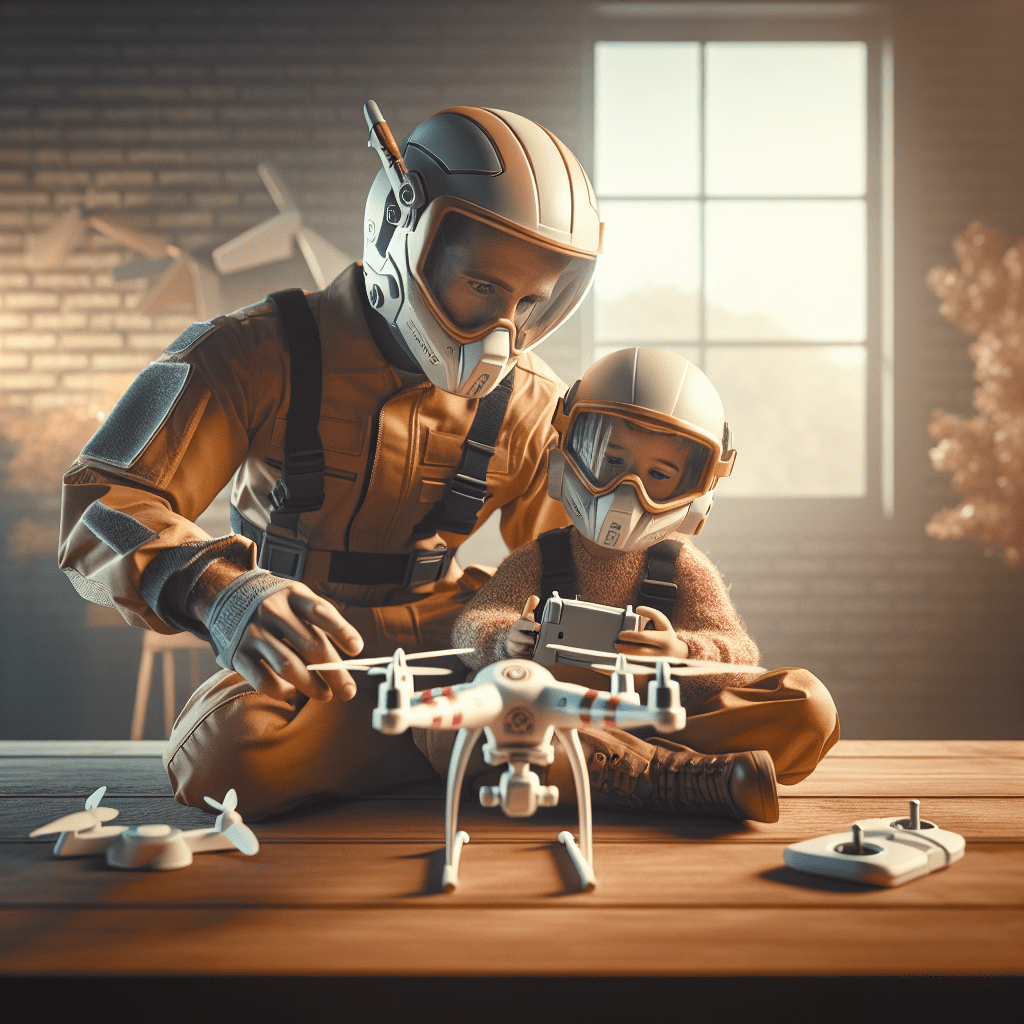When it comes to introducing your children to the exciting world of drones, drone safety is paramount. As parents, it’s essential to instil responsible flying habits early on. Not only does this protect your family and others around you, but it also enhances the experience of flying a drone.
Understanding Drone Safety
Drone safety encompasses the practices and regulations that ensure safe operation of UAVs (Unmanned Aerial Vehicles). With the rise in popularity of drones, the risks associated with improper use have also increased. For every novice UAV pilot, understanding the importance of adhering to safety guidelines is crucial.
Establish Clear Guidelines
First and foremost, establish clear guidelines for drone usage at home. Discuss what constitutes safe flying conditions—like avoiding crowds, staying away from airports, and flying within visual line of sight. This foundational knowledge can be enhanced by exploring our blog for tips on drone operation.
Engage in Educational Activities
Making drone safety fun can significantly enhance learning. Engage in activities that demonstrate the impact of reckless flying—such as simulations or obstacle courses in safe, open areas. This way, children can see firsthand the importance of flying responsibly.
Utilising Online Resources
Encourage your children to utilise online resources for further education on drone safety. Websites like Wikipedia provide comprehensive insights into regulations and real-world consequences of irresponsible flying.
Practice Makes Perfect
After establishing guidelines, practice is key. Start with simple drone models designed for beginners. Supervise each flight closely, encouraging a discussion after every session. Ask what they noticed during the flight and how they could improve safety next time.
Share the Experience
As children become more engaged, sharing the experience with others can reinforce learning. Host a small gathering with friends and arrange safe demonstrations of proper drone handling. This not only fosters social skills but deepens the understanding of drone safety principles.
Conclusion
Ultimately, teaching drone safety at home is a rewarding journey for both parents and children. By creating a structured learning environment, utilising engaging activities, and integrating valuable resources like camera tips, parents can ensure that their children become not only skilled pilots but also responsible ones. Instil a culture of safety now for a safer future in the sky.

